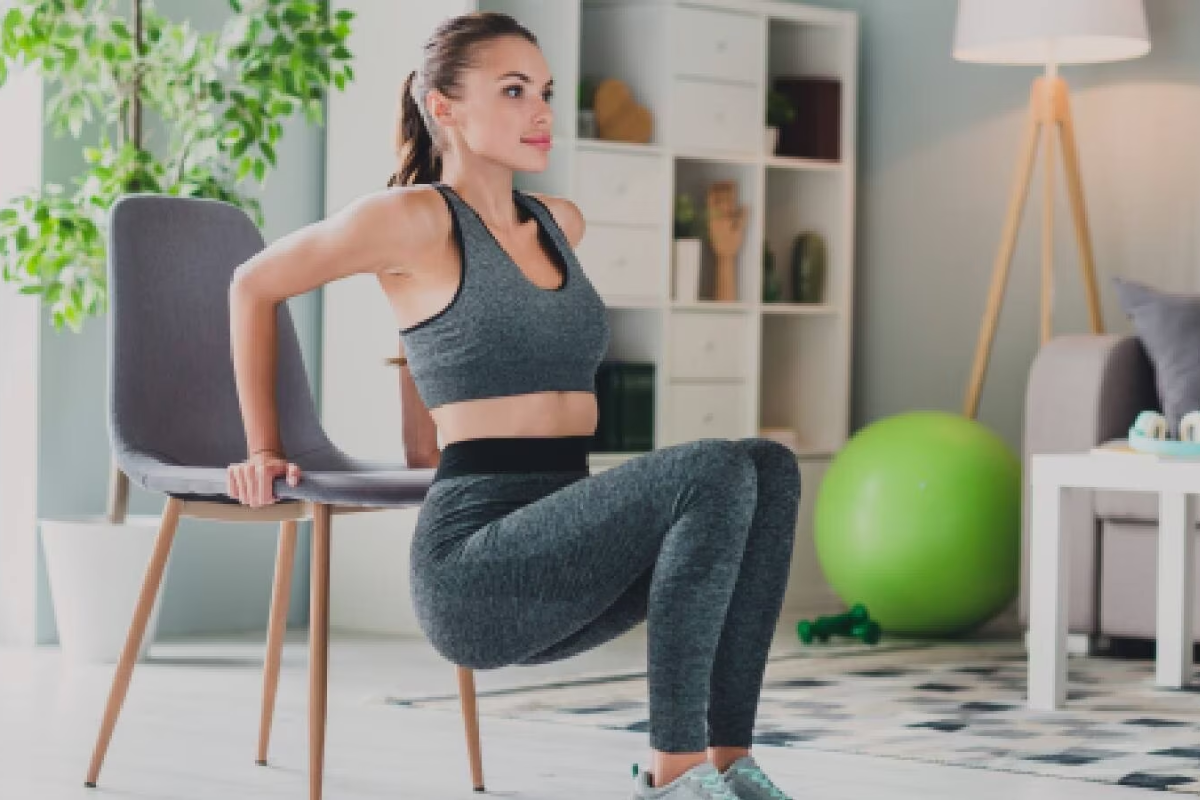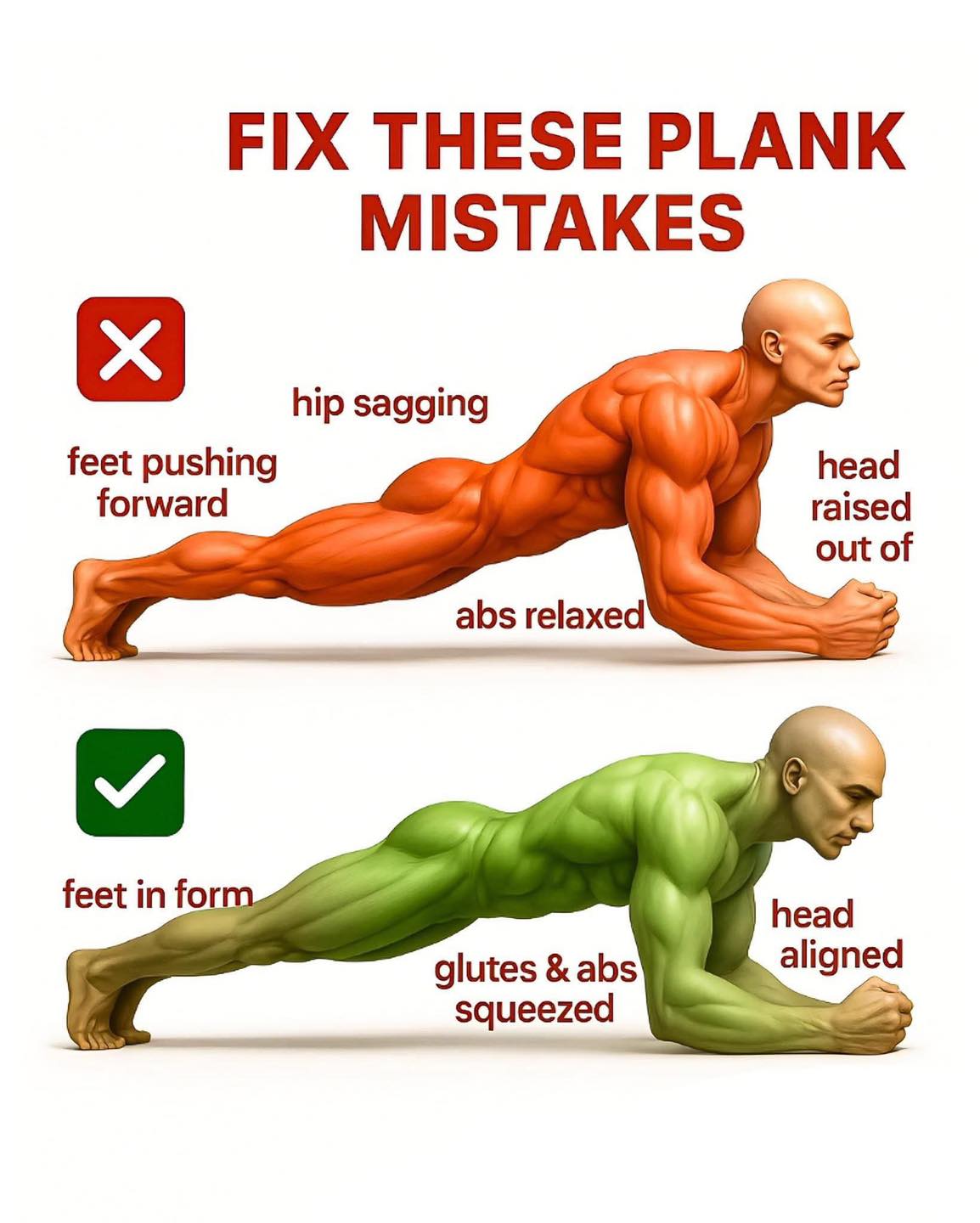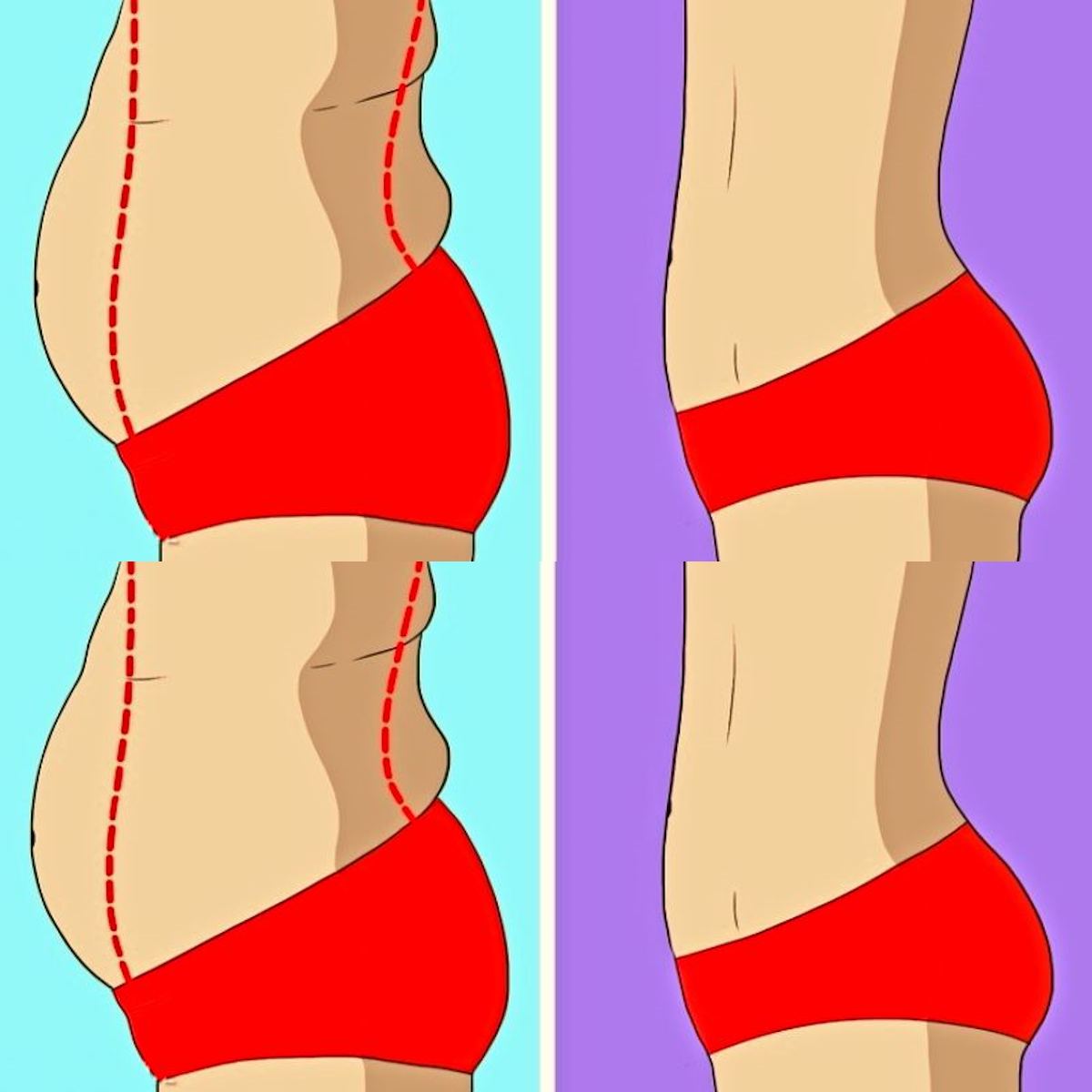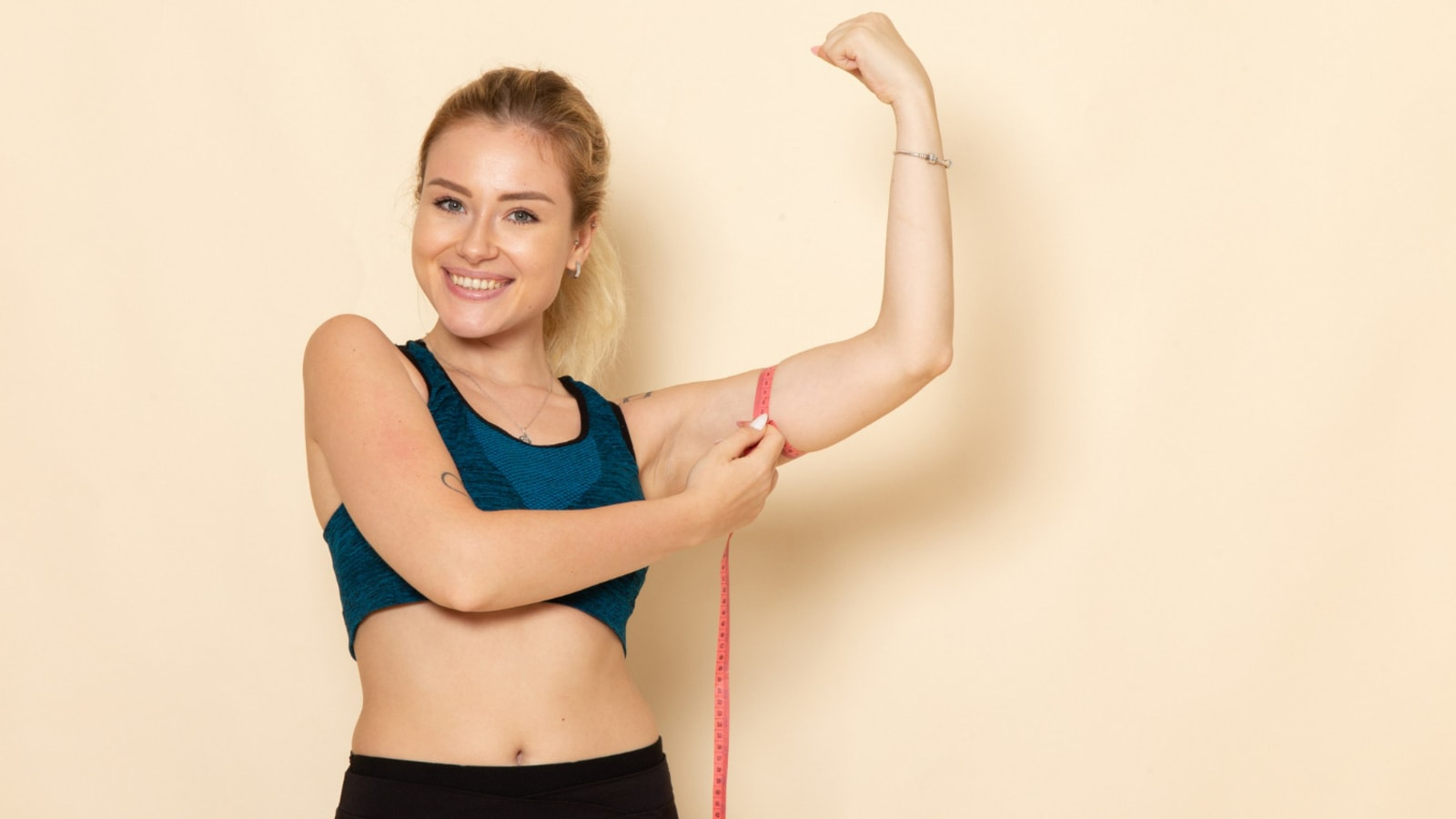A sculpted and robust posterior chain is a hallmark of comprehensive fitness. The “4-Week Rounder Butt Challenge” is a precisely engineered program designed to optimize gluteal development within a concise timeframe. This article delineates the challenge’s core objectives, provides meticulous instruction for each exercise, analyzes their biomechanical benefits and targeted muscle groups, and outlines an efficacious training protocol to facilitate your journey toward an aesthetically enhanced and functionally stronger physique.

Core Objectives of the “4-Week Glute Sculpting Challenge”
This challenge is strategically focused on:
- Gluteal Hypertrophy and Strength Development: Exercises are meticulously selected to activate and build strength across all three primary gluteal muscles: Gluteus Maximus, Gluteus Medius, and Gluteus Minimus.
- Posterior Chain Contouring: The synergistic execution of these movements promotes comprehensive gluteal engagement, contributing to a more defined, lifted, and aesthetically rounded appearance.
- Enhanced Lower Body Power and Stability: Beyond glute-centric activation, these exercises concurrently engage accessory musculature, including hamstrings, quadriceps, and core stabilizers, fostering superior lower body strength and joint integrity.
- Metabolic Acceleration and Adipose Tissue Reduction: While primarily a muscle-building protocol, the compound nature and intensity of these exercises elevate metabolic rate and caloric expenditure, aiding in systemic fat reduction, particularly around the gluteal and femoral regions.
Detailed Exercise Breakdown and Execution Protocol
The challenge comprises five foundational exercises, each to be performed for 3 sets of 15 repetitions (3×15):
1. Leg Raises (Prone Hip Extension)

- Objective: Primarily targets the Gluteus Maximus and Hamstrings, emphasizing hip extension.
- Execution:
- Lie prone (face down) on the floor, arms extended forward or alongside the torso.
- Engage your glutes and elevate one leg straight off the floor, maintaining knee extension.
- Hold briefly at the apex of the movement, then meticulously lower the leg with controlled eccentric contraction.
- Alternate legs.
- Note: Avoid excessive lumbar hyperextension during elevation. Focus on gluteal contraction as the primary mover.
2. Donkey Kicks (Quadruped Hip Extension)

- Objective: Concentrates on the Gluteus Maximus and Gluteus Medius, promoting gluteal shaping and lift.
- Execution:
- Assume a quadruped position, hands directly beneath shoulders, knees aligned under hips.
- Maintain a neutral spine and engaged core. Elevate one leg, keeping the knee flexed at 90 degrees, with the sole of the foot directed towards the ceiling.
- Drive the heel upwards to maximum comfortable elevation, ensuring peak gluteal contraction.
- Slowly return the leg to the starting position.
- Alternate legs.
- Note: Prevent lumbar arching during the upward phase. Prioritize gluteal engagement over range of motion.
3. Glute Bridges (Supine Hip Extension)

- Objective: An exemplary exercise for comprehensive gluteal activation (Gluteus Maximus, Medius, Minimus) and hamstring engagement.
- Execution:
- Lie supine, knees flexed, feet flat on the floor at hip-width, arms alongside the torso.
- Engage your glutes and elevate your pelvis off the floor until your body forms a straight line from shoulders to knees.
- Hold the apical position for a brief isometric contraction, ensuring maximal gluteal squeeze.
- Gradually lower the pelvis to the starting position.
- Note: Drive through your heels. Ensure the glutes are the primary movers, not the lumbar spine.
4. Lunges (Sagittal Plane Lower Body Mechanics)

- Objective: A compound, multi-joint exercise targeting the Gluteus Maximus and Medius, Quadriceps, and Hamstrings, promoting unilateral leg strength and stability.
- Execution:
- Stand erect, feet hip-width apart.
- Step forward with one leg, lowering the hips until both knees are flexed at approximately 90 degrees. The lead knee should be aligned over the ankle, and the rear knee hovering just above the floor.
- Forcefully drive through the heel of the lead foot to return to the starting position.
- Alternate legs.
- Note: Maintain a vertical torso and engaged core to ensure spinal neutrality and balance.
5. Single Leg Glute Bridges (Unilateral Supine Hip Extension)

- Objective: An advanced progression of the Glute Bridge, intensely targeting the gluteal complex of the standing leg and challenging unilateral stability.
- Execution:
- Lie supine, one knee flexed, foot flat on the floor. The other leg can be extended towards the ceiling or gently rested on the flexed knee.
- Engage the glute of the planted leg and elevate the pelvis off the floor until the body forms a straight line from shoulder to knee.
- Hold the apical position for a brief isometric contraction.
- Slowly lower the pelvis to the starting position.
- Alternate legs.
- Note: Maintain pelvic alignment; avoid lateral hip deviation during elevation.
Suggested 4-Week Training Protocol
This challenge can be integrated 3-4 times per week, allowing for adequate rest and muscular recovery between sessions. A sample protocol is as follows:
- Weeks 1-4: Perform 3 sets of 15 repetitions for each exercise during each training session.
- Rest: Implement 60-90 seconds of rest between sets.
Always prioritize somatic feedback; adjust repetitions or sets as necessary, especially when initiating the program.

Crucial Considerations
- Warm-up: Always commence each session with a 5-10 minute dynamic warm-up to elevate core body temperature and mitigate injury risk.
- Cool-down: Conclude each session with static stretching and a cool-down phase to facilitate muscle recovery and enhance flexibility.
- Form Precedence: Emphasize impeccable exercise technique over sheer repetition count. Optimal neuromuscular activation is contingent upon precise execution.
- Somatic Awareness: Discontinue any exercise immediately if acute pain is experienced. Consult with a qualified fitness professional or medical practitioner for persistent discomfort.
- Nutrition and Recovery: For maximal physiological adaptation and hypertrophy, complement this training regimen with a balanced, protein-rich diet and adequate sleep, crucial for muscle repair and growth.
The “4-Week Glute Sculpting Challenge” offers a structured and highly effective pathway to enhancing gluteal aesthetics and functional strength. Through consistent adherence to proper technique and this progressive protocol, tangible improvements in your posterior chain are achievable. Initiate this challenge today and embark on your journey toward a more sculpted and resilient physique.





